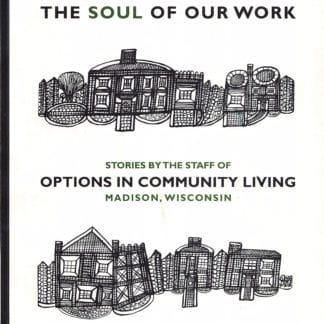A Turning Point in the Struggle to Replace Institutions
John O’Brien
May 1998
Published in 1969 Changing Patterns in Residential Services for the Mentally Retarded, which reflected important contributions by Jack Tizard, marked a turning point in North American attitudes toward institutional reform from a simple call for more staff and new buildings to a much more powerful understanding of the limits of institutions and the need for a comprehensive system of supports based on systematic commitments to human dignity, positive models expressing the potential for human development, and an experimental approach to creating a comprehensive system of community supports
The consensus view of institutional improvement
In 1967, about 200,000 people, more than half of them children, lived in US public mental retardation institutions, 95% of which housed more than 500 people (Butterfield, 1969). The first report of the newly appointed President’s Committee on Mental Retardation devoted five paragraphs to their situation: 2
…Renewed attention must be given to public facilities and programs for the five percent of the mentally retarded who require full- or part-time residential care. These have not kept pace with progress in community activities on behalf of the retarded. Some of the best residential programs represent triumphs of resourceful staffs over cheerless facilities, pennypinching budgets and general indifference. Many are plainly a disgrace to the nation and to the states that operate them.
The states must meet their responsibility to plan, construct and maintain modern residential facilities for those mentally retarded needing them. They should retain architects to design facilities that will be cheerful to live in as well as promote maximum effective use of staff and other resources, provide sufficient funds to staff and operate the facilities at adequate levels, and integrate the facilities’ operation into the over-all state plan for health and welfare services. (President’s Committee, 1967, paragraphs 116-118)



